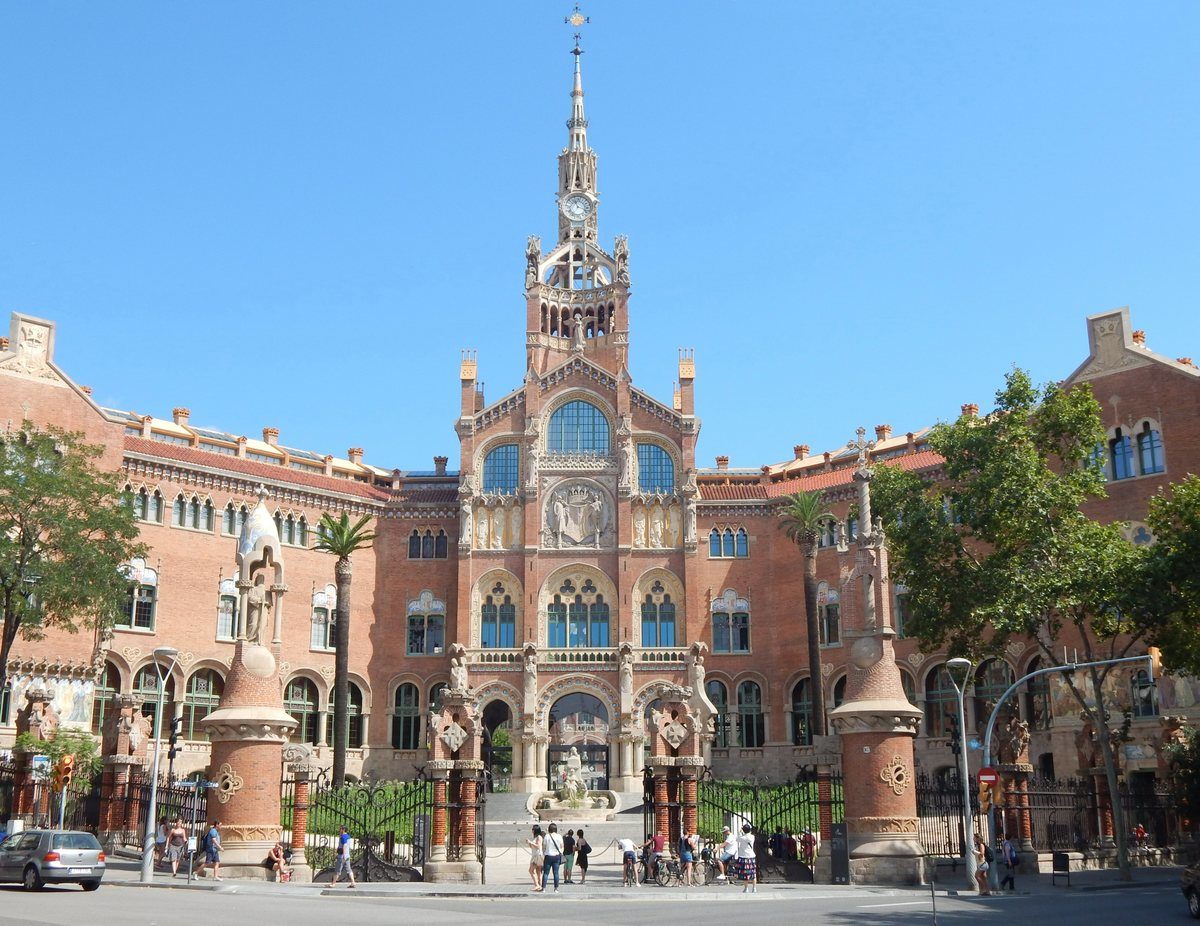
The largest Art Nouveau complex in the world is a Barcelona hospital with a 600-year-long history.
Painting, mosaics, stained glass windows, arches and grand hallways illuminated by immense windows that offer floods of natural light to buildings surrounded by picture-perfect landscaping and ornate statues of gargoyles and angels aren’t what you would come to expect for hospital landscaping. But Sant Pau in Barcelona, with over 600 years of history, is strangely a breath of fresh air when it comes to the typical hospital architecture that we have become used to.
In the late 19th century, Barcelona was expanding beyond its old city walls, and the Hospital de la Santa Creu which had served the city since the early 1400s was struggling to cope with the growth. In 1896 a wealthy Catalan banker named Pau Gil i Serra died, leaving behind a will that requested his estate be used for a new hospital that would bring the latest medical technology to Barcelona.
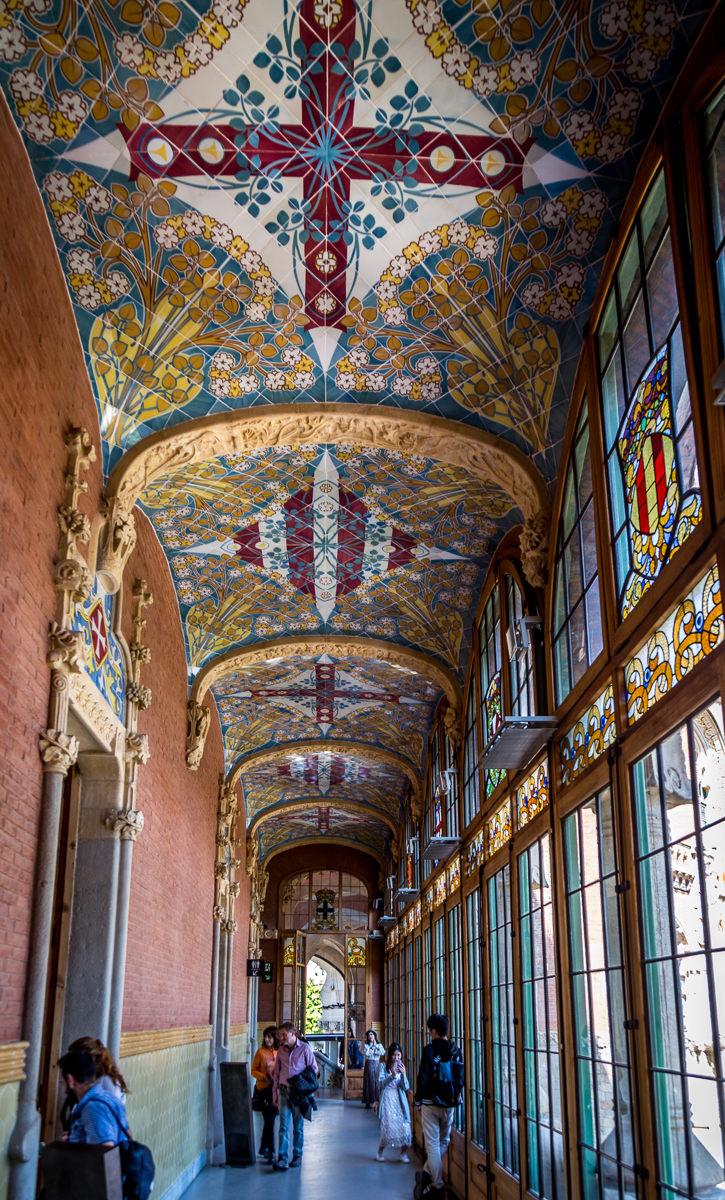
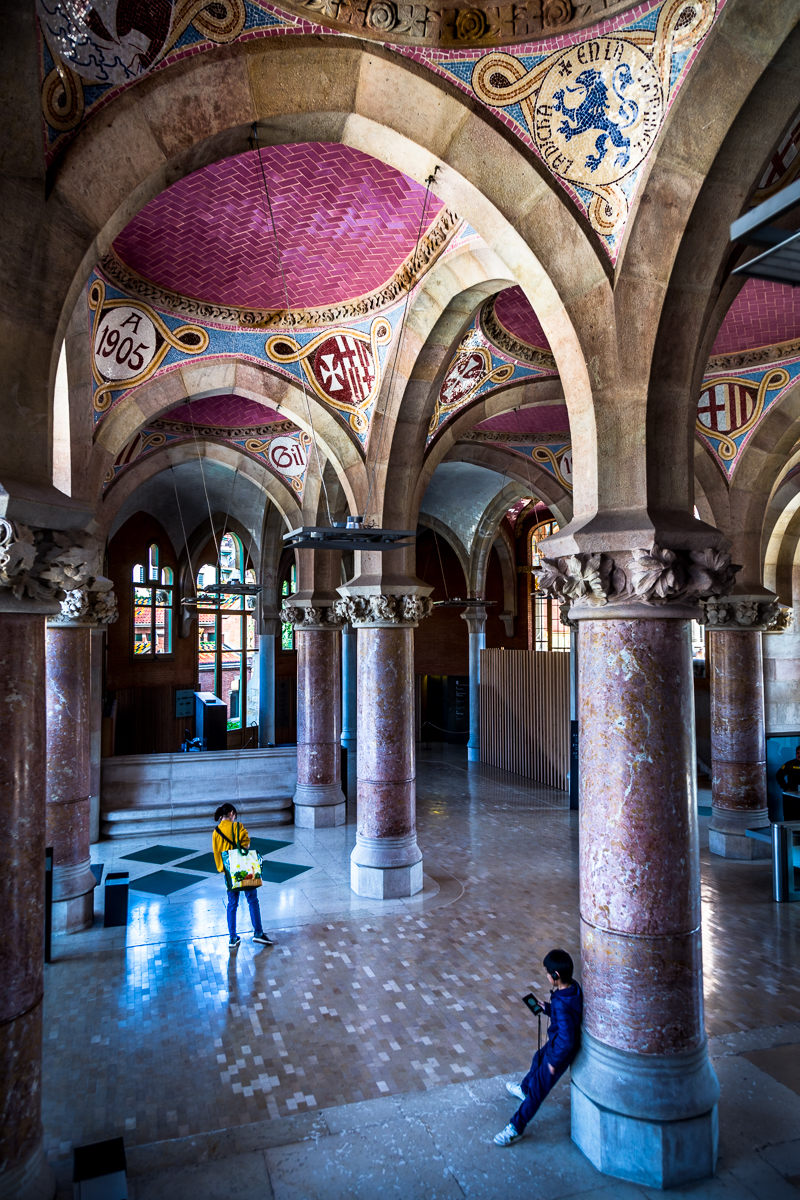
A plot was found just over three kilometres from the old medieval hospital, which now houses the National Library of Catalonia. Catalan architect Lluís Domènech i Montaner designed the site, which would represent the merging of six of Barcelona’s hospitals.
Domènech was an influential artist in Catalan Modernisme and Art Nouveau. He designed the 27-building complex that took up the equivalent of around nine city blocks to be interconnected by underground tunnels. Sixteen of the structures were built in the Modernist style making up the largest Art Nouveau site in the world, something often overlooked by guidebooks.
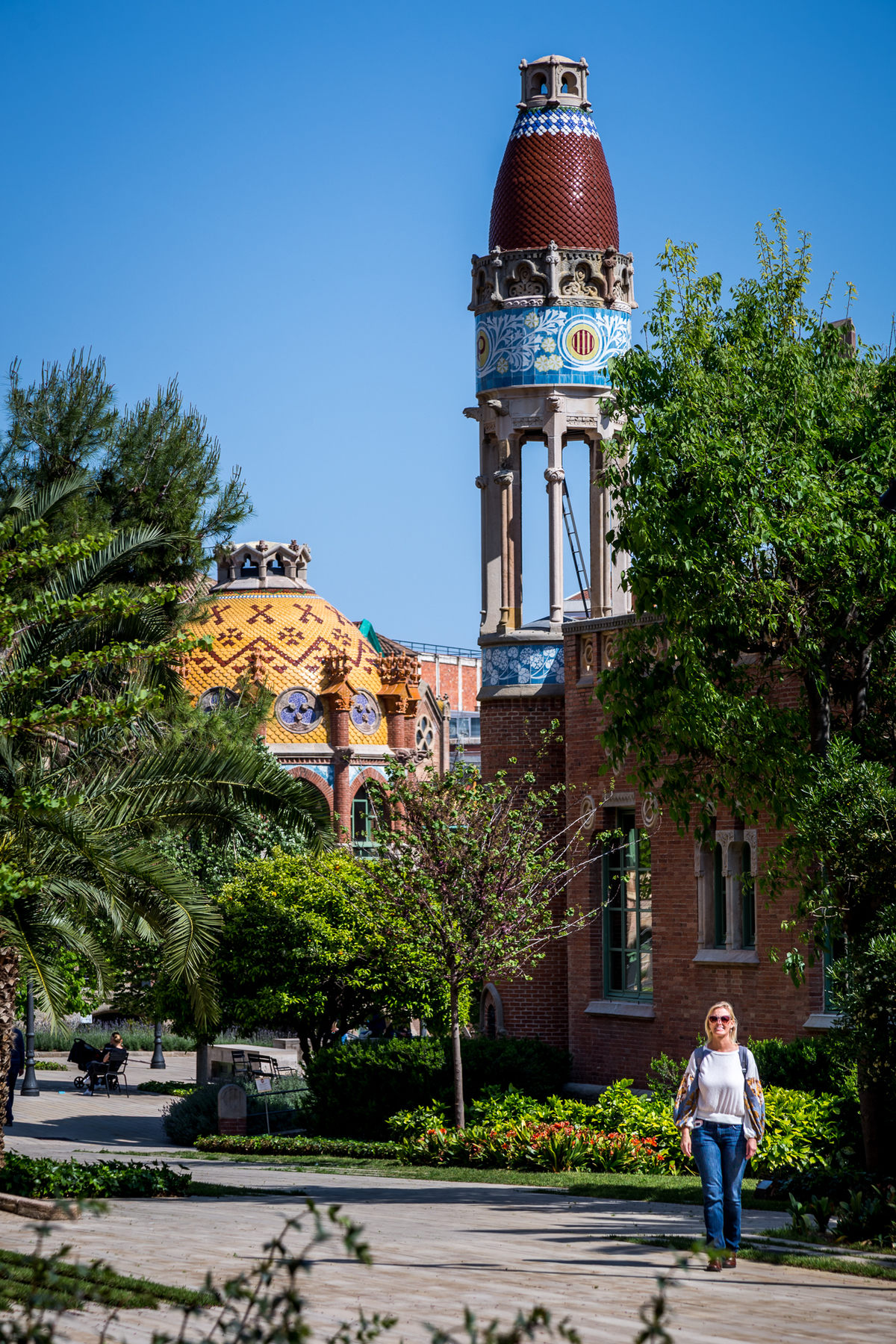
The complex was finished in 1930, with each building representing a different medical speciality. The Hospital de Sant Pau was fully functioning until 2009, when a new building, erected in the northern half of the complex, took over the duties. Several of the historic buildings were refurbished over the next several years.
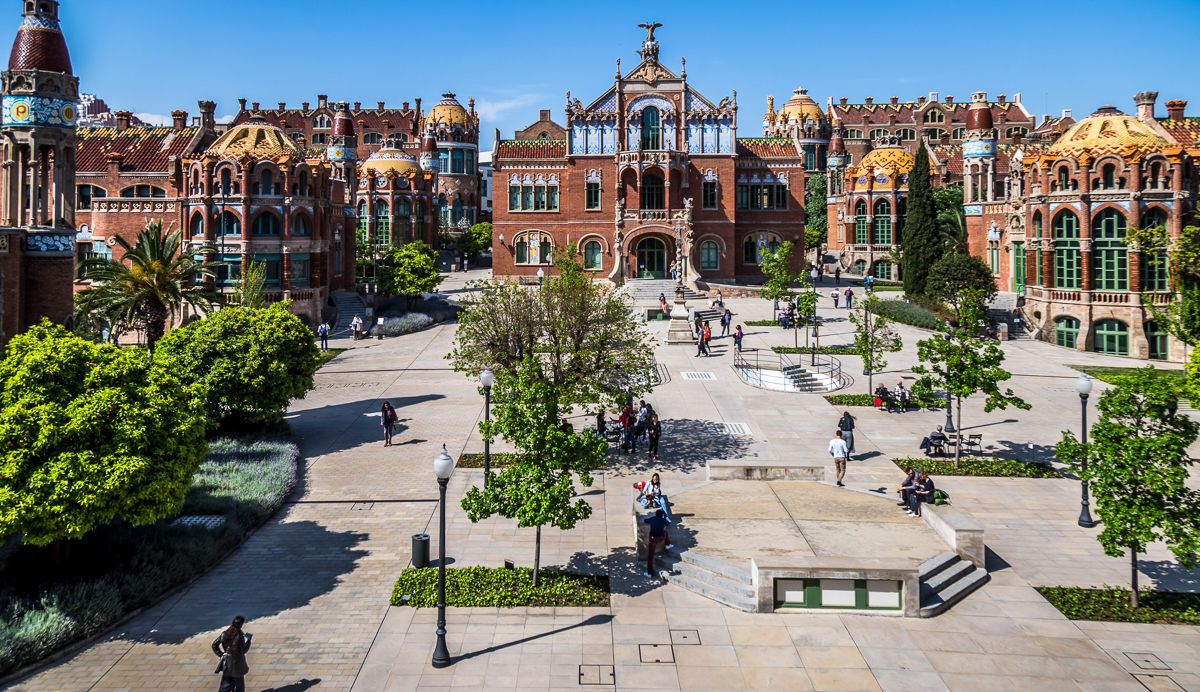
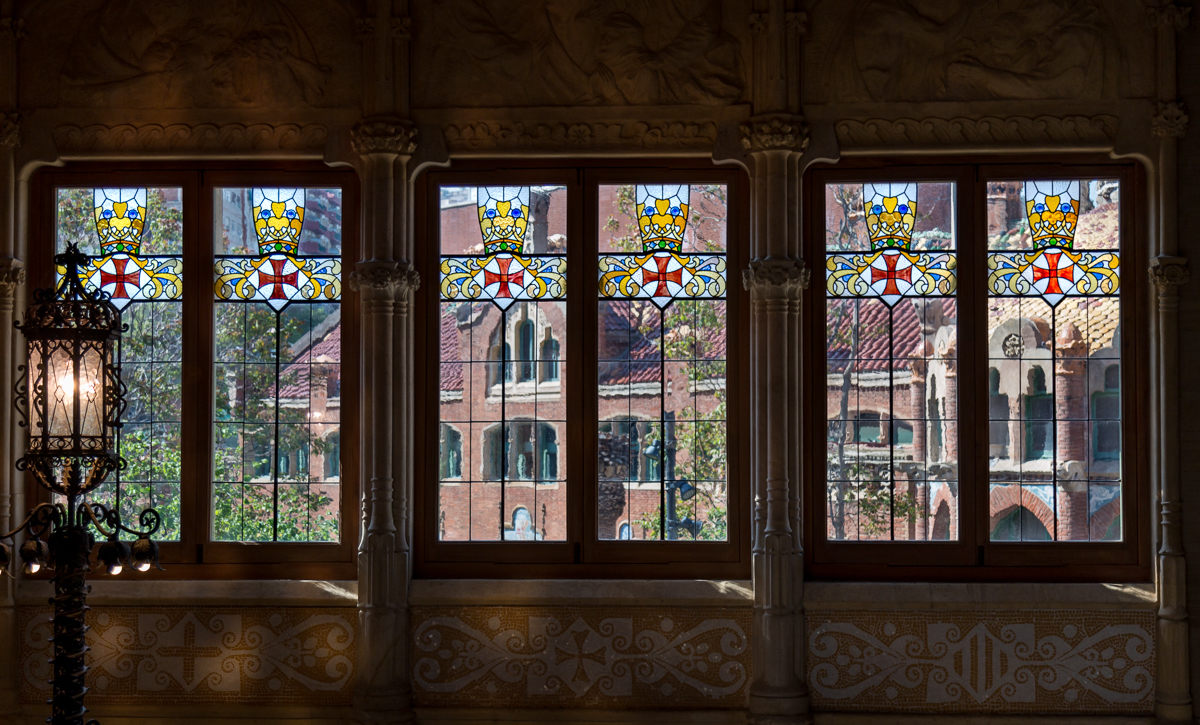
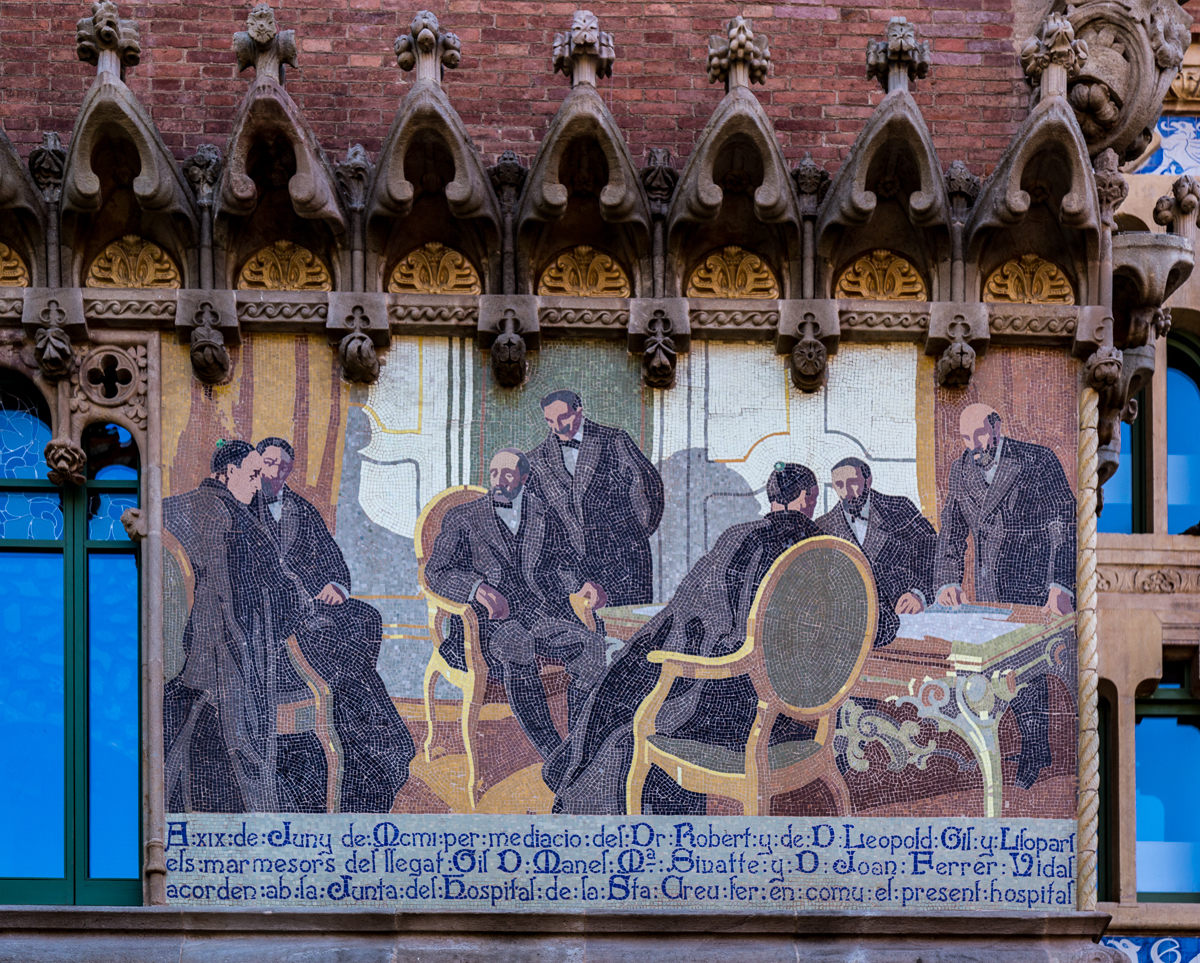
The site, designated as a UNESCO World Heritage Site in 1997, reopened to the public in 2014 and now serves as spaces for events, meetings, and tours of the Art Nouveau style. To this day it continues to serve its original purpose while representing an important point of reference in world architecture.